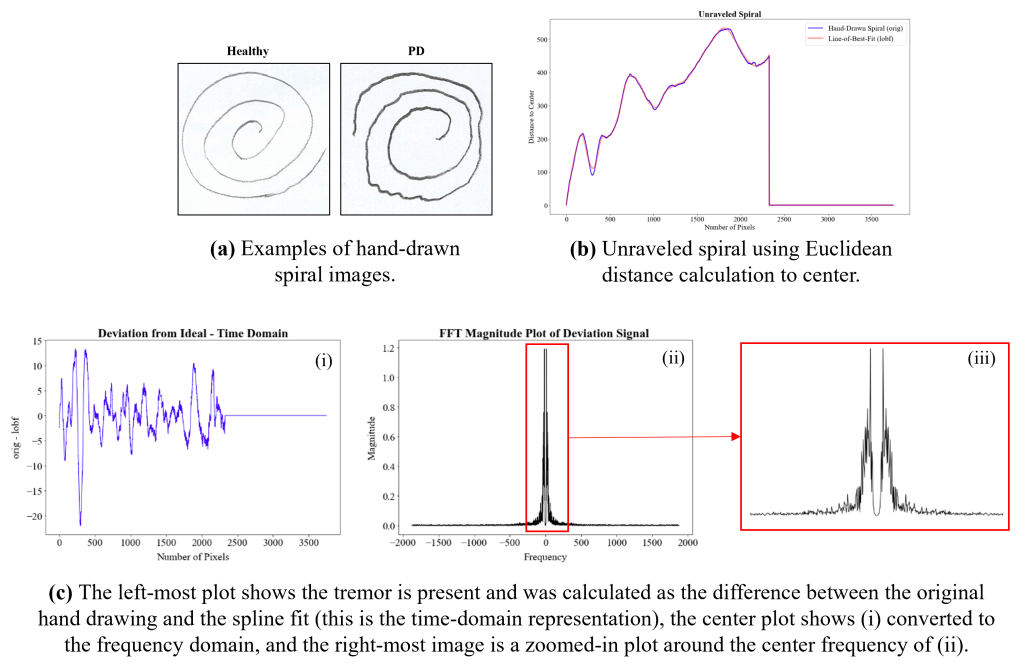Sanghani Center Student Spotlight: Rebecca DeSipio

Rebecca DeSipio already knows where she is headed after graduating with a master’s degree in computer engineering this Spring. She will be joining the Charlottesville-based company GA-CCRi, an industry leader in geospatial storage, visualization, and analysis serving government and commercial clients, as a data scientist.
In looking for a graduate program, DeSipio, who earned a bachelor’s degree in electrical engineering from the Pennsylvania State University, liked the close collaboration between the Bradley Department of Computer and Electrical Engineering and the Department of Computer Science because it allowed her to easily switch from electrical engineering to a computer science specialization, a change she knew she wanted to make.
“And at the Sanghani Center I was introduced to the world of data analytics which has provided me with endless opportunities. Because of my graduate school experience I was able to land a position in that exact area of work. I cannot think how different my career path could have been had I decided to go elsewhere for graduate school,” said DeSipio.
“I fell in love with Blacksburg and I am beyond excited to stay relatively close and apply all that I have learned here at Virginia Tech to my career,” she said.
When she entered the master’s program, DeSipio — also a Bradley Fellow in the Bradley Department of Electrical and Computer Engineering — discussed research options with her advisor Lynn Abbott. Computer vision and machine learning piqued her interest and she was particularly drawn to biomedical applications for Parkinson’s Disease (PD) because her grandfather had been diagnosed with it.
“When I came across publications on the use of machine learning algorithms for aiding in the diagnosis of PD by analyzing hand-drawn images, I quickly decided that I wanted to contribute to this line of research,” said DeSipeo.
Currently, she is developing a method that analyzes and rates hand tremor severity in hand-drawn spiral images via frequency features.
“Since PD is a clinical diagnosis, the goal of my work is to help doctors diagnose and monitor PD progression and find the right medication for their patients,” said DeSipio.
Using her method, if a suspected PD patient goes to the doctor with a hand-tremor, the hand-drawn spiral test can be performed and the tremor rated. Medication can be prescribed and at each follow-up visit, the same spiral test can be performed and rated.
“My tremor-severity rating system can allow an evaluating doctor to track the progression of the tremor and adjust medications as necessary,” she said.